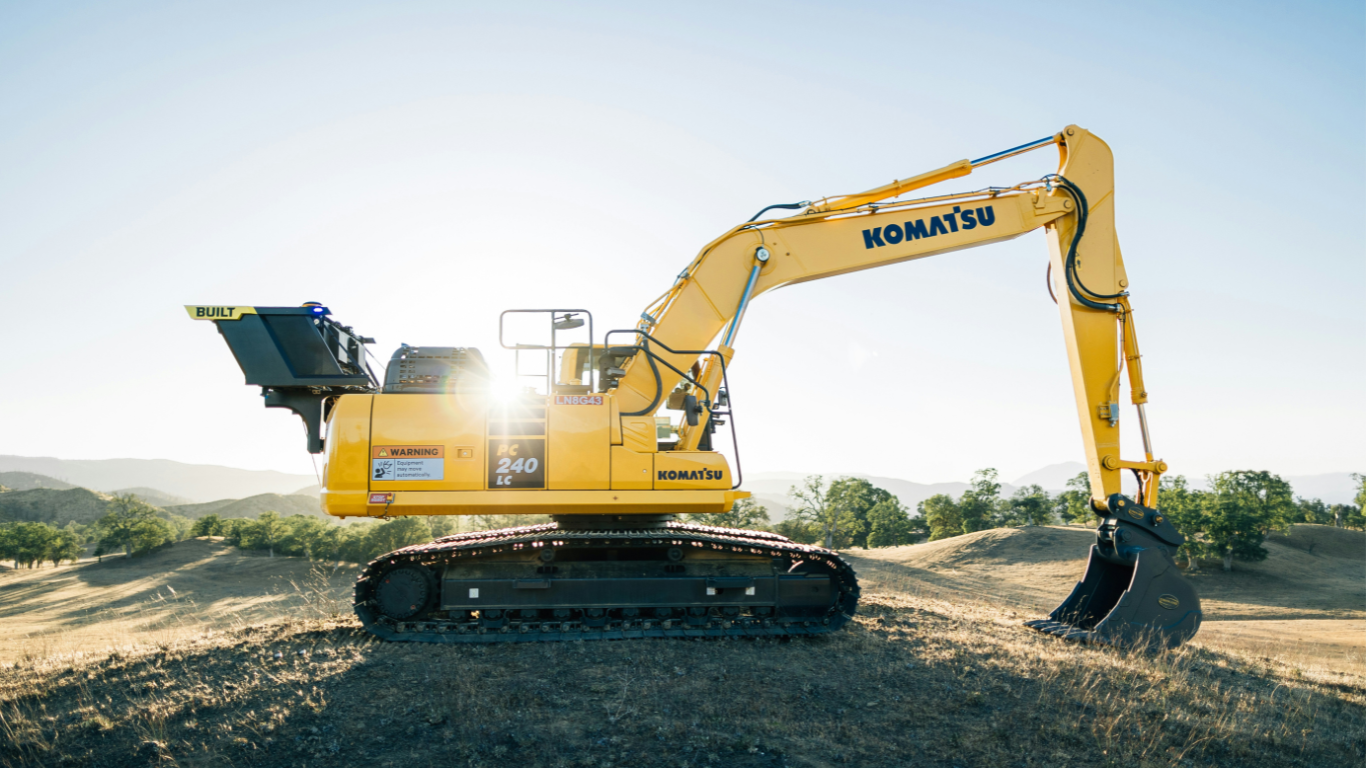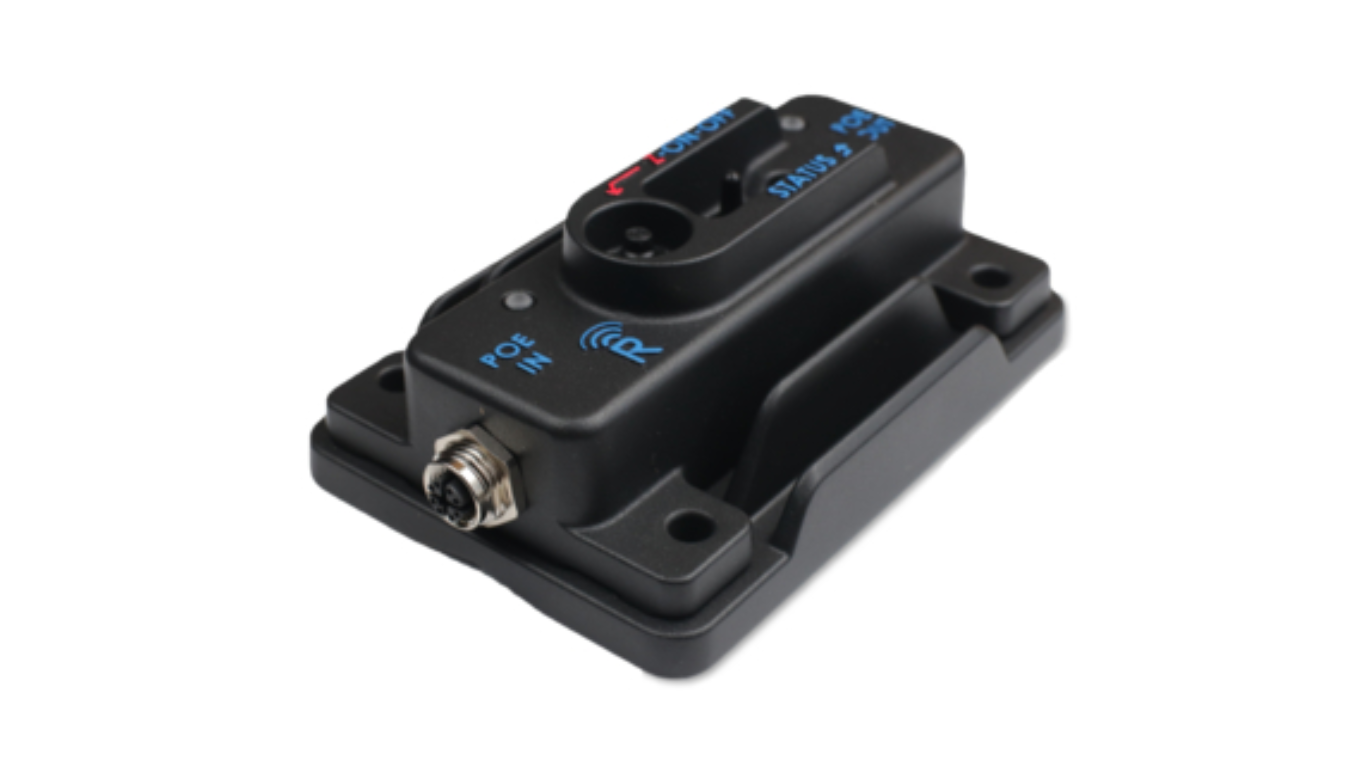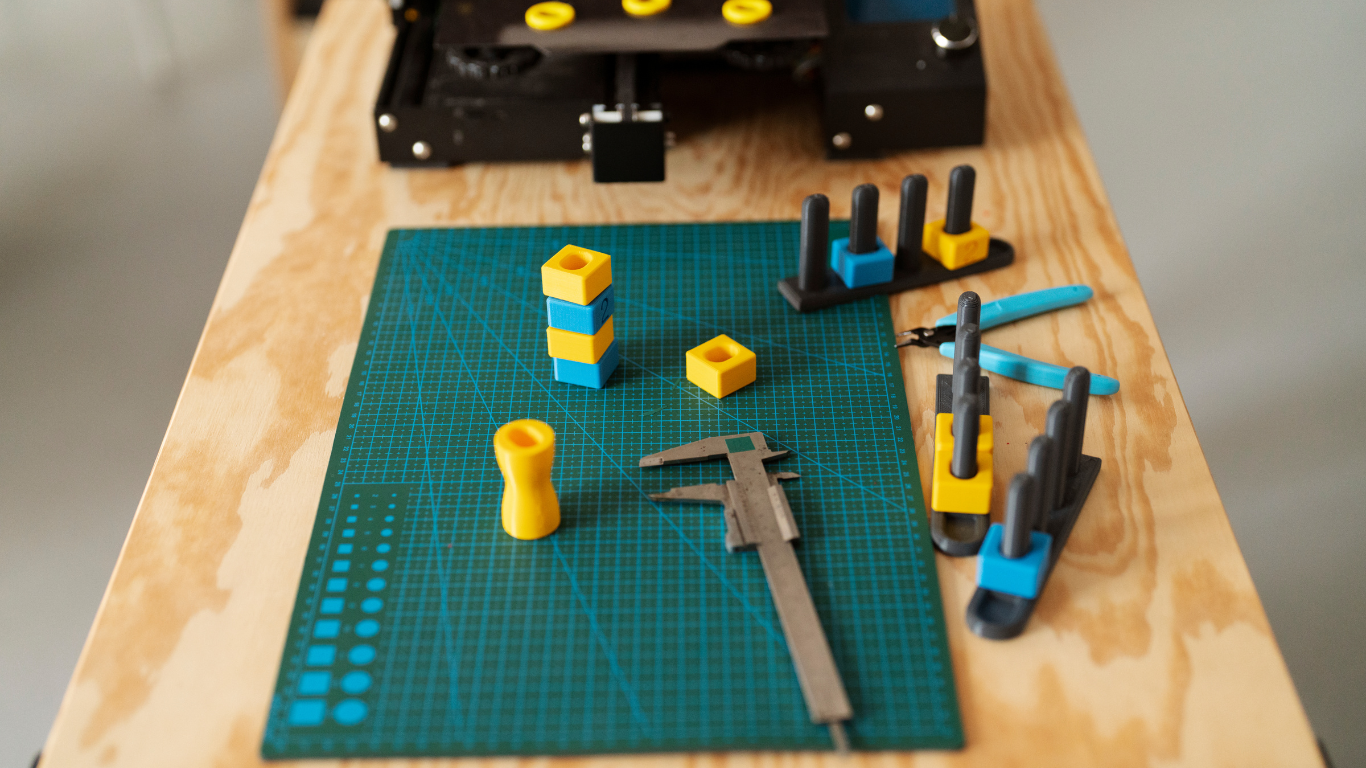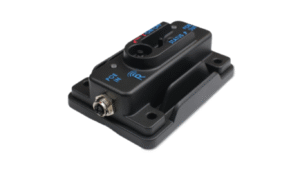Heavy-duty excavators are indispensable in the construction, mining, and landscaping industries, allowing operators to perform demanding tasks with remarkable efficiency. As technology continues to evolve, integrating smart upgrades into these machines can significantly enhance performance, reduce operational costs, and extend service life. In this context, various upgrades can still yield impressive results, even for well-established machines that have endured numerous projects.
Upgrading the Hydraulic System
One of the first areas to consider for improvement is the hydraulic system. A primary component of any excavator, the hydraulic system governs the machine’s lifting, digging, and loading capabilities. Modern hydraulic systems are more efficient, offering better performance and reduced energy consumption. Upgrading to a newer hydraulic system can provide more power and precision, allowing operators to tackle larger jobs with greater ease.
Incorporating Advanced Control Systems
Advanced control systems can significantly enhance the usability of heavy-duty excavators. Initially designed for precision and ease of use, these systems offer features like automated controls and telematics. Automated controls can improve operational efficiency by allowing operators to set precise parameters for various tasks. Telematics, on the other hand, enables real-time monitoring of equipment performance, location tracking, and scheduled maintenance alerts. With the integration of these technologies, businesses can gather valuable data to make informed decisions on machine usage and operational efficiencies.
Investing in Versatile Attachments
Attachments play a crucial role in shaping the versatility of heavy-duty excavators. A wide range of attachments is available to enable excavators to perform various tasks. Among the most noteworthy upgrades is the CB300 attachment, designed specifically to enhance crushing capabilities, making it an excellent addition for businesses focused on demolition or recycling. This attachment allows operators to handle a diverse array of materials efficiently. Using the right attachments can reduce the need for additional equipment on-site, offering both financial savings and logistical convenience.
Enhancing Durability with Improved Undercarriages
The undercarriage is one of the most wear-prone components of any excavator, particularly when operating in rough terrains or heavy usage conditions. Improving the durability of this area is critical for enhancing machine longevity. Upgrading to high-strength steel or synthetic tracks can reduce wear, resulting in lower maintenance costs and prolonged lifespans. Advanced undercarriage design features, such as better sealing against dust and mud, can aid in maintaining performance in challenging environments. By ensuring the undercarriage of heavy-duty excavators is robust, operators can avoid potential breakdowns and maintain productivity levels.
Focusing on Ergonomics and Operator Comfort
Operator comfort directly influences the efficiency and effectiveness of excavators. Enhancements such as improved seating, advanced control layouts, and better visibility can significantly reduce operator fatigue during long work hours. Incorporating air conditioning, better cushioning, and adjustable controls into the cab design fosters an environment where operators can focus better on their tasks. User-friendly interfaces allow for quicker adjustments and responsiveness. Emphasizing ergonomics has gained importance as employers gradually recognize the direct tie between an operator’s comfort and their productivity. By implementing these upgrades, contractors can enhance workforce satisfaction and efficiency.
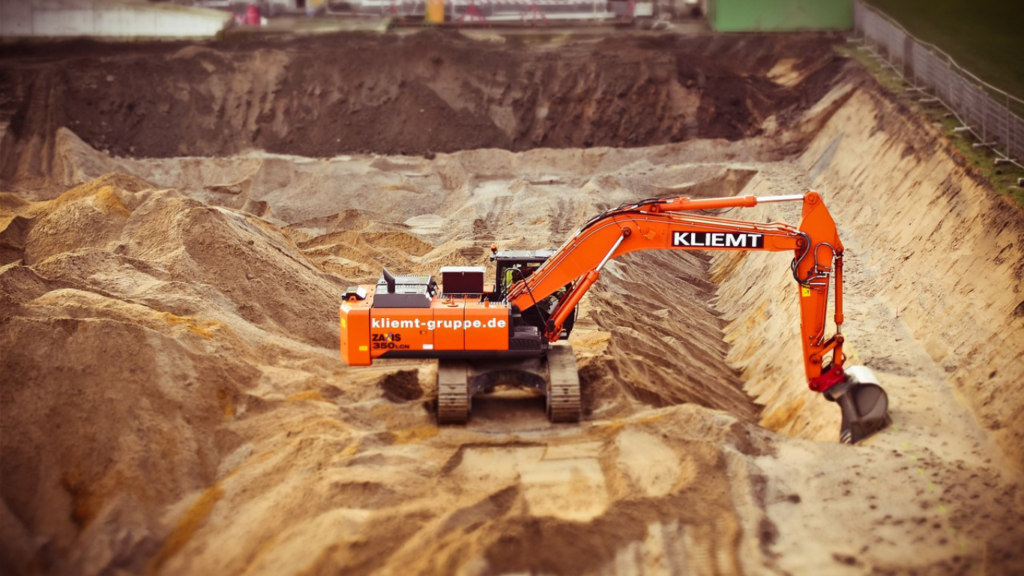
Adopting Sustainable Practices
In light of increasing environmental regulations and the drive for corporate sustainability, heavy-duty excavators must incorporate green technologies. Upgrading to lower-emission engines helps comply with regulations and demonstrates a commitment to sustainable practices. Hybrid systems or electric engines have become increasingly viable alternatives for excavators, providing employers with options that minimize their carbon footprint while maintaining the required performance levels. Integrating automation and smart control systems can reduce fuel consumption and enhance efficiency, aligning with broader sustainability initiatives. By adopting these features, companies can position themselves favorably within environmentally conscious sectors and appeal to a growing market.
Regular Maintenance and Upgrades
Investing in smart upgrades isn’t a one-time event. Continuous maintenance is equally important for maximizing the benefits gained from technology enhancements. Establishing a routine maintenance schedule allows operators to identify potential issues before they escalate into costly repairs. Regularly hiring professionals for thorough inspections can ensure that the machinery operates at its optimum, preventing breakdowns and extending its useful life. Exploring options for skill development and training for operators regarding the proper use of upgrades ensures maximum efficiency in operations. By creating an ongoing culture of maintenance and education, businesses can ensure that their heavy-duty excavators operate effectively and reliably.
The combination of well-considered upgrades and a focus on operator experience marks the future of heavy-duty excavators. By recognizing the advantages of investing in new technology, clients can significantly improve their productivity and operational efficiency. These smart upgrades can lead to increased project profitability, enabling businesses to thrive in a competitive environment.
Article received via email


